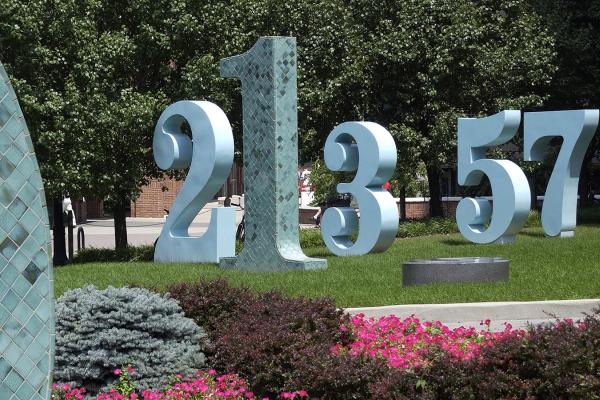
V. Balaji
Chennai Mathematical Institute
Title
On Bruhat-Tits theory, a new paradigm
Abstract
Algebraic groups over local fields K have been extensively studied in the past 60 years. Bruhat-Tits theory develops the study of bounded subgroups of the group G(K) where G is a connected reductive algebraic group under very general assumptions of being quasi-split over K. After the first big step in the paper by N. Iwahori and H. Matsumoto, this study was taken to Grothendieckian heights by F. Bruhat and J. Tits in their now well-known body of work, called Bruhat-Tits theory; their work extended over 20 years till the mid eighties. A main theme is to schematize these bounded groups and this is carried out in their papers in 1971 and 1984.
In my paper with C.S. Seshadri (2015), a somewhat different geometrical approach was observed in the setting when K=k((t)). A novel yet foundational feature in my work with Seshadri is the theorem that any parahoric Bruhat-Tits group scheme over a complete discrete valuation ring O can be realized as an "invariant direct image", i.e., obtained by taking Galois invariants of Weil restriction of scalars of a reductive group scheme, on a ramified cover of O.
In my recent paper with Y. Pandey, we study the question of extending the schematic aspects of Bruhat-Tits theory to regular local rings. Such a study is already envisaged in the work of Bruhat and Tits. This paper provides a fairly complete higher-dimensional analogue of the Bruhat-Tits group schemes with natural specialization properties.
Application 1: I will briefly outline the solution to the problem of degeneration of moduli stacks of G-torsors on smooth projective curves when the curve is allowed to degenerate to a nodal curve. In fact, the higher dimensional theory arose out of this work.
Application 2: I will briefly indicate constructions of new modular desingularizations of moduli spaces of semistable principal bundles over curves. This comprehensively generalizes work of Seshadri, Narasimhan-Ramanan.
Zoom link: https://osu.zoom.us/j/95399271001?pwd=eC3UNVVuvppO7vbul5h8vMSU5MsJMx.1
